Colombo digs grave for Tamil harmony
2011-03-28 | By Sudha Ramachandran
The Sri Lankan government's triumphalism following its victory over the Liberation Tigers of Tamil Eelam (LTTE) has reached a new high. The new military headquarters of the army's 51st Division that was inaugurated at Kopay near Jaffna this month "has been built on the site of a Tamil Tiger graveyard earlier flattened by the army", the BBC has reported.
The destruction of the LTTE graves in 2010 by the Sri Lankan army left Tamils "deeply hurt", a Tamil teacher based in Jaffna, who spoke to Asia Times on condition of anonymity, said. "Our sons and daughters, who fell defending the Tamil homeland, lie here. This was their final resting place and the army desecrated it."
And now the government has added insult to injury.
The location of the 51st Division's military headquarters on a LTTE cemetery is being perceived by Tamils as aimed at reminding them of their defeat in the civil war in May 2009. "This is a monument that adds humiliations to hurt," the Tamil teacher said.
A Ministry of Defense website provides details of the "ceremonial opening ... amidst rites and rituals" of the 51st Division's new headquarters. It makes no mention, however, of the division headquarters being located at a site where the bodies of LTTE fighters killed in battle were buried.
The cemetery at Kopay was among several LTTE graveyards bulldozed by the Sri Lankan army last year. The ancestral home of the LTTE's founder-leader Velupillai Prabhakaran in Valvettithurai in the Jaffna Peninsula too was demolished.
The LTTE was engaged in an armed struggle for an independent Tamil Eelam for over three decades. The war ended in May 2009 with the military inflicting a crushing defeat on the Tigers.
It was a costly war, especially in terms of human lives, with over 70,000 people, including civilians, soldiers and Tamil Tiger rebels, killed in the fighting.
The large number of tombstones in each of the many cemeteries that dotted the areas under Tiger control in the north and east of the island is testimony to the large number of fighters the LTTE lost. Known as tuyilam illam or "resting places", these cemeteries were sprawling and consisted of neat rows of tombstones that marked the site where fallen fighters lay buried.
The cemeteries were reduced to rubble last year.
That wasn't the first time the army destroyed the LTTE's cemeteries in Jaffna. In late 1995 when it wrested control over the peninsula, a victorious Lankan army flattened LTTE graveyards.
After the ceasefire came into effect in 2001-2002, the LTTE began restoring the graveyards. It also put up a glass case filled with pieces of destroyed tombstones with a plaque that reminded people of the desecration of graves by the armed forces.
Tigers killed in combat were not cremated - as is the custom among Hindus - but buried. Burial of bodies began in the early 1990s as the LTTE's building of a martyrs' cult gathered momentum. The cemeteries were a central part of this cult, where the tombstones served as reminders of the sacrifice the Tamil Tigers had made in the cause of Tamil Eelam.
The LTTE referred to its "martyrs" as "Mahaveerar" (literally, Great Heroes). Tiger propaganda literature often referred to them as "gods to be worshipped" and their resting places, the cemeteries, were regarded as "holy places".
Great Heroes or Martyrs Week was observed between November 21 and 28 annually. Songs and rituals celebrated the sacrifice of the fighters rather than mourned their death. The rituals centered around the cemeteries. Towns and villages under the LTTE's control were decorated with flowers, flags and bunting. Larger than life cut-outs of the Tiger martyrs, especially those who died in suicide missions, lined the roads.
The huge effort it made to honor its fallen fighters served to inspire fresh recruits to join the LTTE. After all, the LTTE held out the promise of remembering and honoring them long after their death. Their sacrifice would be recorded in the history of Tamil Eelam.
The LTTE's martyrs' cult played an important role in motivating its cadres and mobilizing support among the masses. The cemeteries served as an important rallying point for recruitment.
"It is evident that the Sri Lankan government is determined to erase all memories of the LTTE from the minds of the Tamil people," Jehan Perera, executive director of the National Peace Council, an independent advocacy organization.
By destroying the graveyards, a key focal point of mobilization for the LTTE, the government is ensuring that the LTTE can never recruit or rise again.
However, provocative acts such as the demolition of the LTTE graveyards and the building of the military headquarters on this site are in fact laying the seeds for a re-emergence of the LTTE. These acts have driven yet another wedge between Tamils and the Sri Lankan state.
Noted anthropologist Michael Roberts has drawn attention to the folly of the Sri Lankan government.
For many Tamils, whose children died fighting for the lost cause of Tamil Eelam, the cemeteries not only "serve as concrete links to loved ones" but also as a reminder that every "surviving member of the family that their kinsperson had died in vain. The epitaphs, therefore, had the potential to stand as a monument to the futility of the LTTE enterprise rather than the other way round," Roberts points out.
"But, now, the acts of desecration [by the government] have reduced such potential to nothing. The absence of tuyilam illam, in other words, will serve as a focal point for enhanced embitterment towards the government," he says.
"Through its insensitive actions, the government has destroyed chances of reconciliation," Perera points out.
The epic battle between the Sinhala king Dutugemunu and the Tamil king Ellalan over 2,000 years ago in which Ellalan was defeated and killed on the battlefield is often recounted by Sinhala nationalists. Endless parallels have been drawn between that historic battle and the war between the Sri Lankan government and the LTTE.
The government and Sinhala nationalists have, however, forgotten Dutugemunu's other reconciliatory actions. In death, Dutugemunu accorded Ellalan all honors due a soldier and king. He took steps to ensure that the spot on which the Tamil king was cremated would be revered for all time to come. A royal decree was issued that made it mandatory for all people passing the area to maintain a respectful silence. Even kings would have to dismount their horse and pass by on foot.
Those Sinhalese who hold up Dutugemunu as a war hero need to follow his post-war approach.
Respect for the dead is an important way of reaching out to a defeated people. It is an important step for reconciliation.
By demolishing LTTE graves and building an army headquarters on the site, the Sri Lankan government has indicated that it lacks the vision and wisdom of Dutugemunu.
Two years after the defeat of the LTTE, the government has underscored that it remains spooked by the Tigers - dead or alive.
Sudha Ramachandran is an independent journalist/researcher based in Bangalore.
(Copyright 2011 Asia Times Online (Holdings) Ltd. All rights reserved.)
© IT Division - Lanka News Web.COM - All rights reserved.
Best viewed in 1024x768 resolution
Mystik Dan wins Kentucky Derby in three-way photo finish
for 4 timer siden

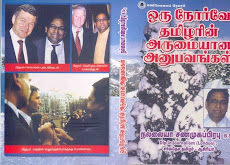

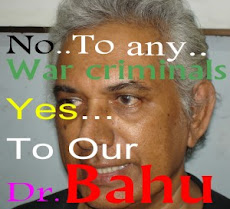




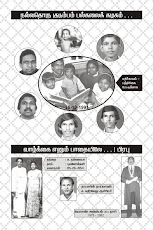
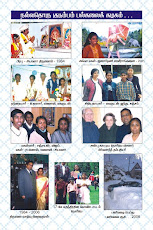
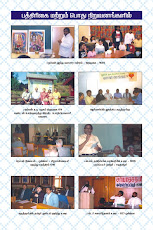
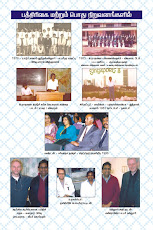
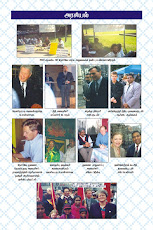
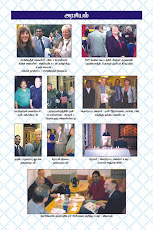

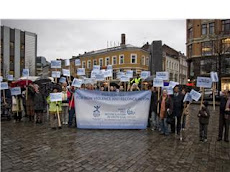


Ingen kommentarer:
Legg inn en kommentar